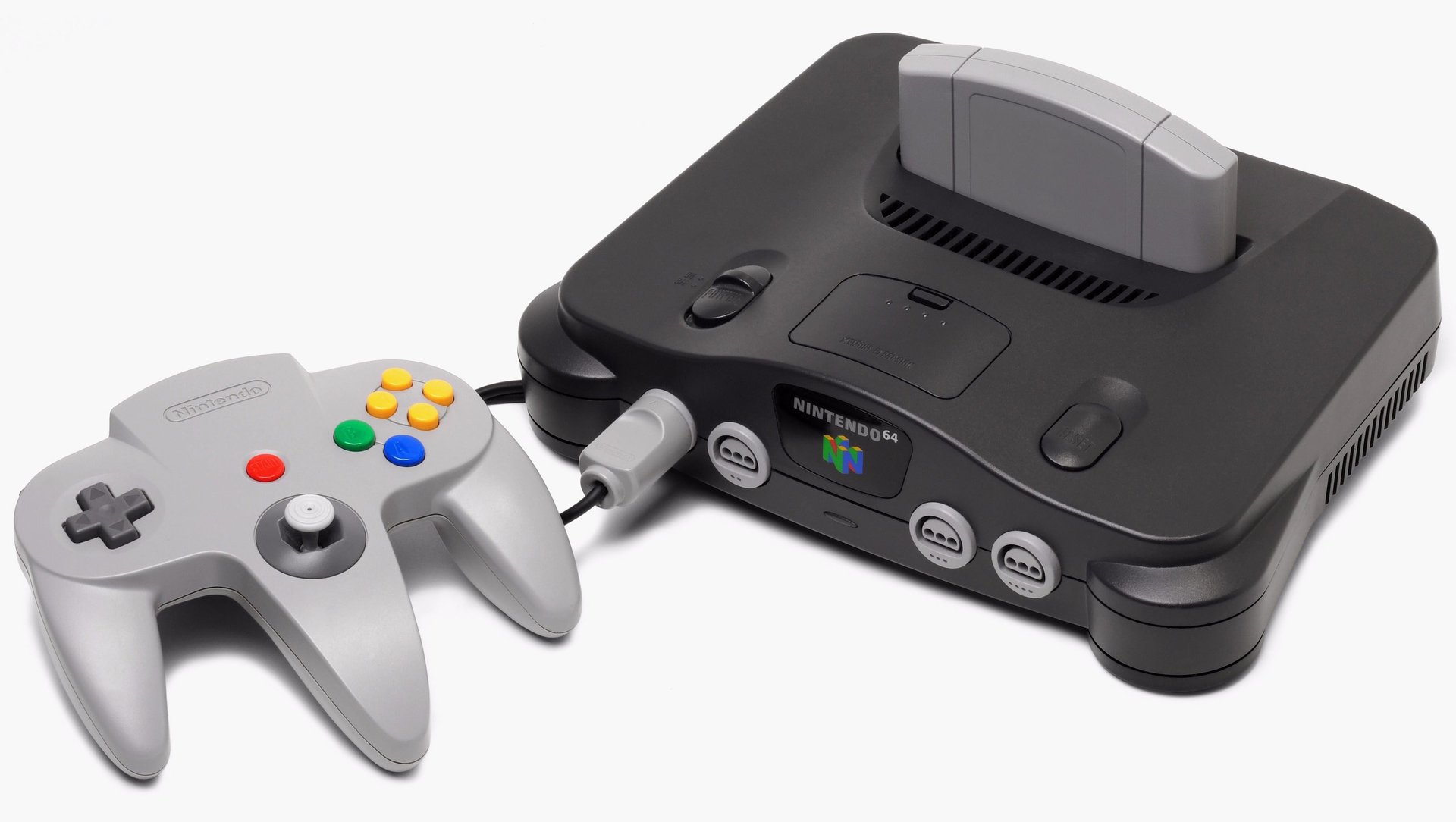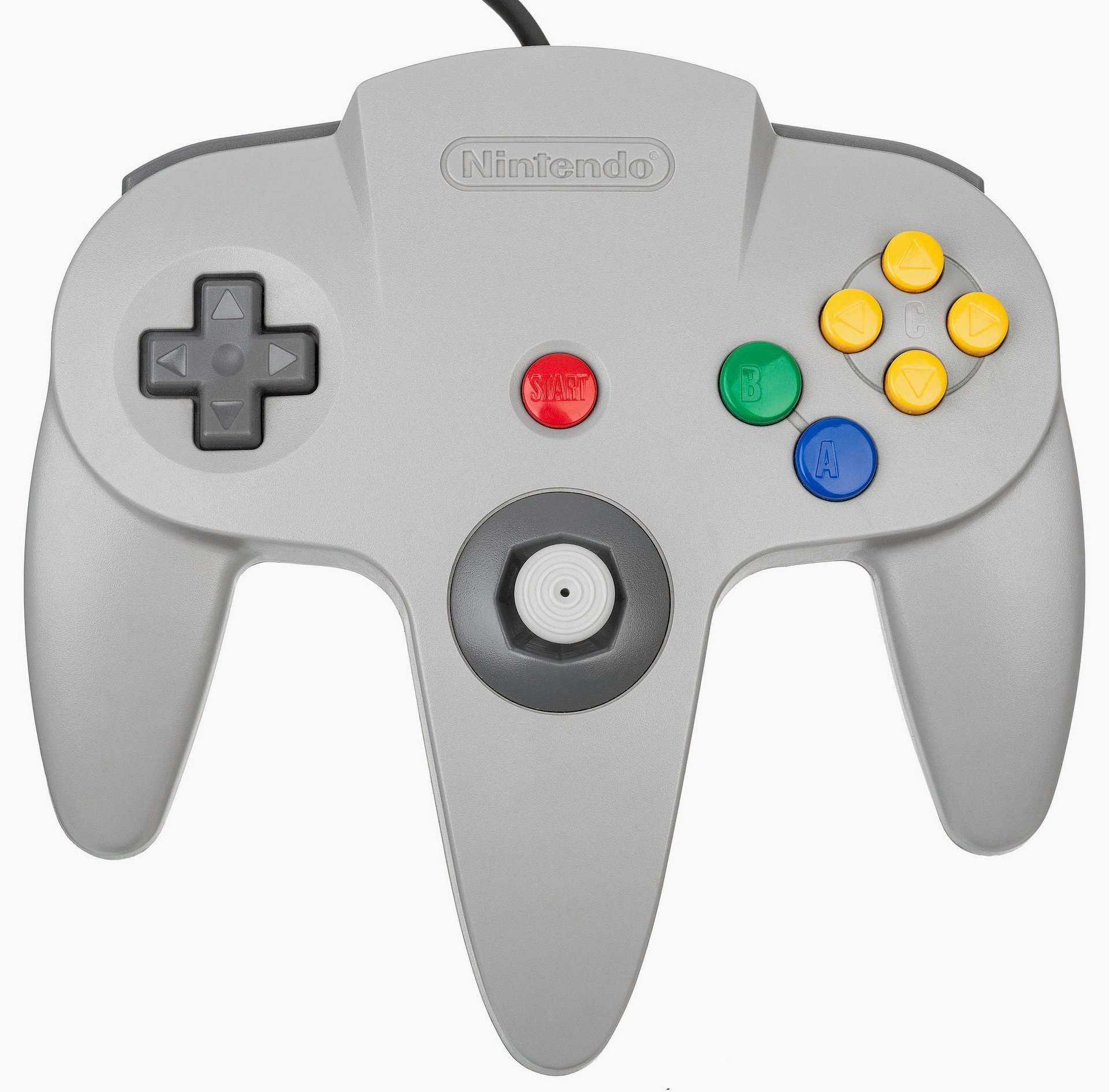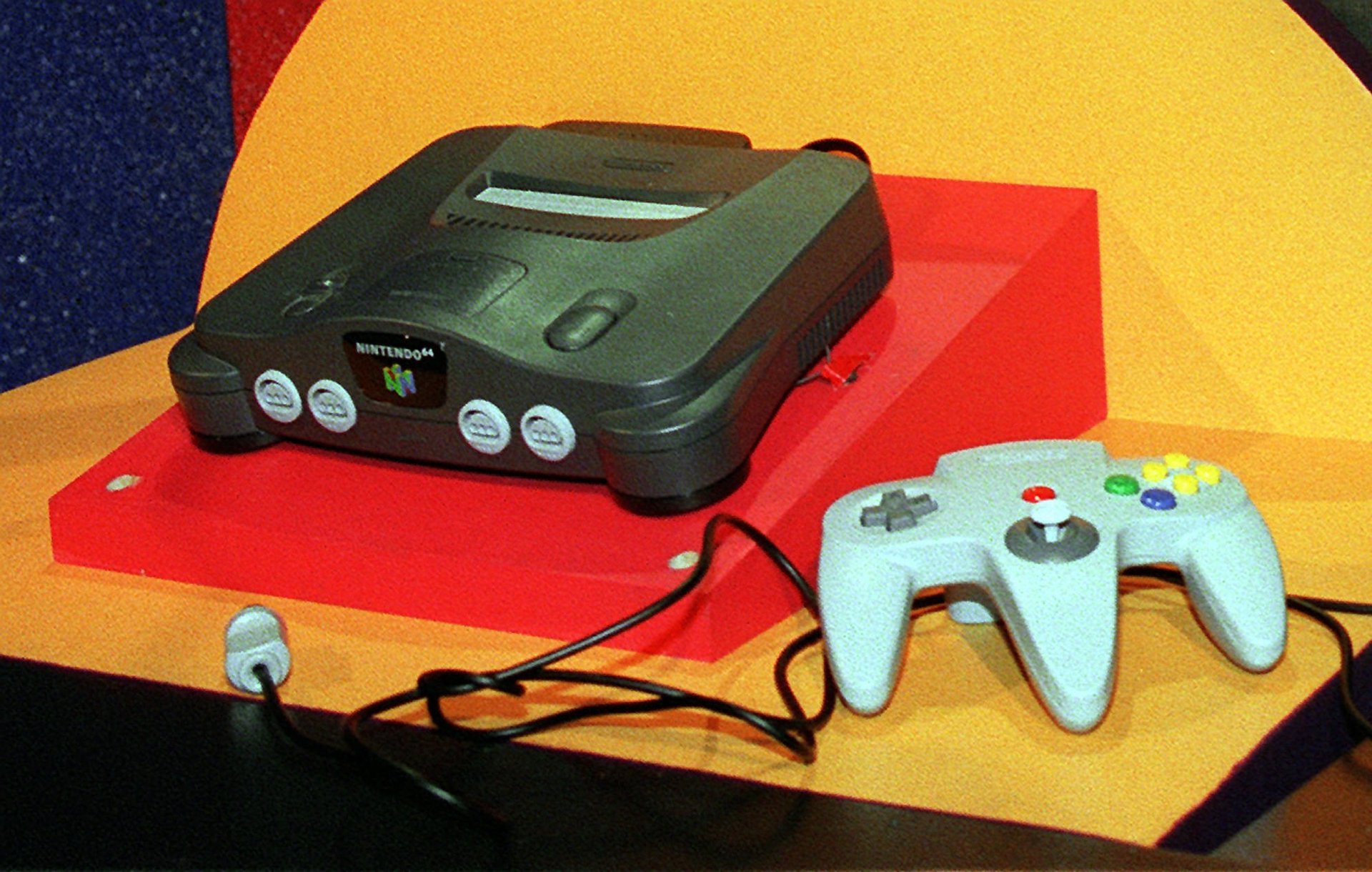The weirdest video game console ever has turned 20
In 1994 the Sony PlayStation ushered us into the world of three-dimensional video gaming. It looked like a Lamborghini, angular and imposing and expensive—and it was a massive hit. Two years later, on June 23, the Nintendo 64 showed up, looking like a Volkswagen Beetle.


In 1994 the Sony PlayStation ushered us into the world of three-dimensional video gaming. It looked like a Lamborghini, angular and imposing and expensive—and it was a massive hit. Two years later, on June 23, the Nintendo 64 showed up, looking like a Volkswagen Beetle.
The Nintendo 64 first went on sale in Japan. It was unlike any games console that had preceded it, and, barring perhaps some other Nintendo oddities in the years since, unlike anything since. In some ways, it revolutionized the way we played videogames, and in others, it was just plain weird.
The controller
Just look at this thing. It’s a trident with buttons on it.

Nintendo wasn’t the first company to include an analogue joystick on a home console, but most of the popular home systems up to that point had stuck with just having a button-based directional movement system (usually called a “D-pad”). Instead of replacing the D-pad with a joystick, Nintendo just included both and gave each of them a stem for the user to hold with their hand.
The result was a zany three-pronged controller, where a user would have to let go of the controller and shift their hand if they wanted to use the different controls. While this wasn’t particularly ideal, it definitely affected how console-makers thought about controllers moving forward. Most controllers now feature multiple joysticks, but have figured out that it’s easier on the user if they don’t have to physically move their hand off the controller to use it while playing.
The Nintendo 64’s controller was also the first to incorporate haptic feedback. The RumblePak addition which snapped into the bottom of the controller allowed game designers to program real vibrations that matched action happening in the game. Just about every console since the N64 has had this function built into their controllers.
It also had a trigger button on the back—now standard on modern controllers—and a vestigial constellation of buttons off to the top right of the controller that no one ever used.
The design

If the PlayStation was a Brutalist masterpiece, the N64 was something decidedly more organic. It had undulating curves and unnecessary little feet, and the cartridges stuck out from the middle of the console, exposed to the feet of any clumsy passers-by. Even though the PlayStation had shown that it was possible to have impressive 3D videogames on CDs, Nintendo still opted for bulky cartridges two years later. As weird as the console looked, it definitely fit the new aesthetic that its games brought to the world.
The games
The N64 brought a previously unseen depth to some of Nintendo’s most famous characters, including Mario and Link (of Zelda fame). Their games allowed players to explore massive three-dimensional worlds like never before, and some still consider Super Mario 64 to be the best game of all time.
Other games, like Goldeneye 007, a belated tie-in to the similarly named James Bond film, set the standard for multiplayer games: The Nintendo 64 was the first major console to support four controllers at once. And then there were just the sheer number of odd, popular games that Nintendo and its partners pumped out for the console: Pilotwings, a game where you just paraglide around through hoops; Mario Party, a series of virtual board games where you challenge your friends to increasingly ridiculous minigames; and Super Smash Brothers, a game where Nintendo characters hate each other and beat each other up for no good reason.
The marketing
Much like the games, and just about everything else in the 1990s, the advertising was colorful, loud and intense.
The reaction
Pretty much sums up how everyone felt at the time.